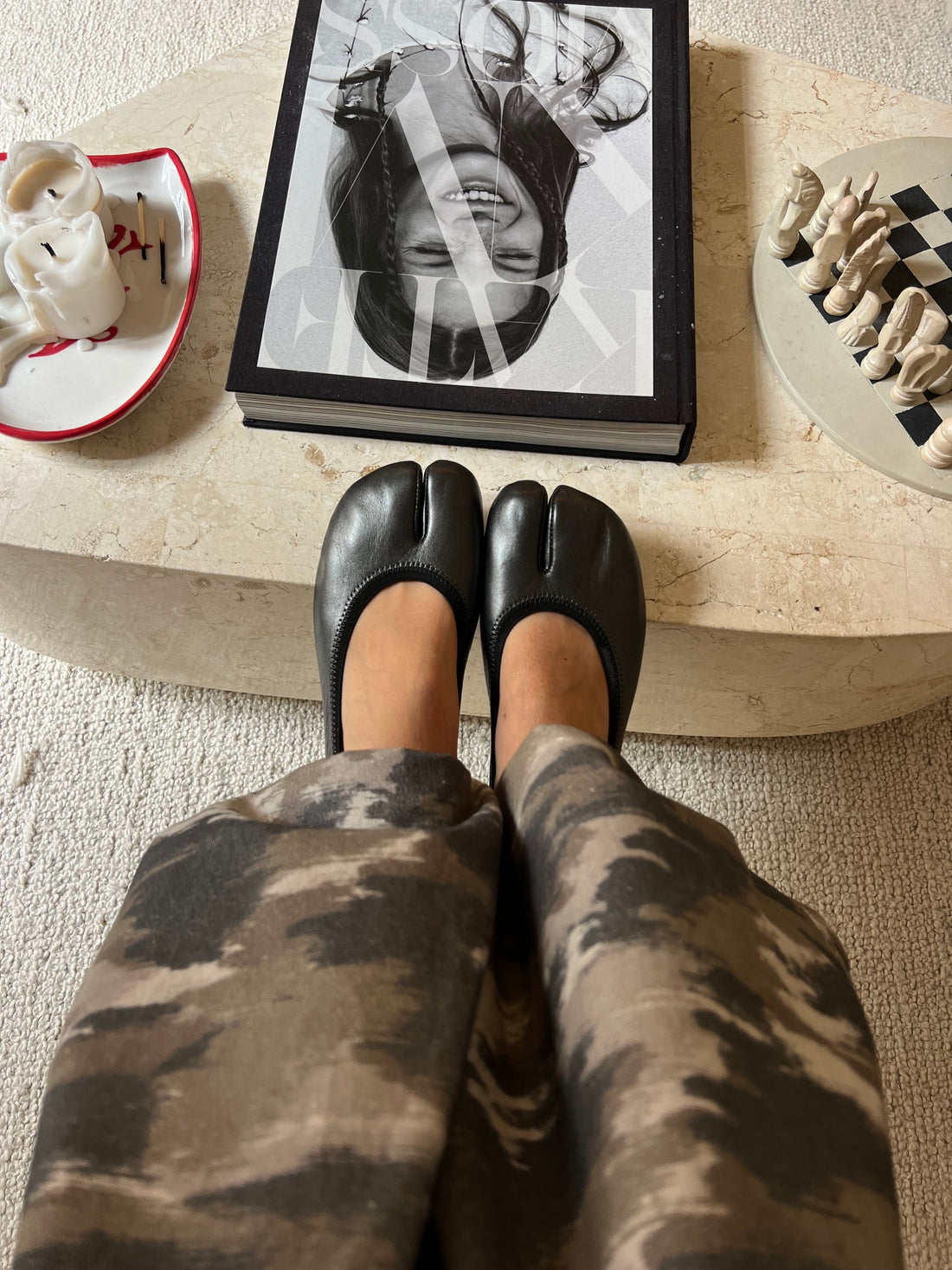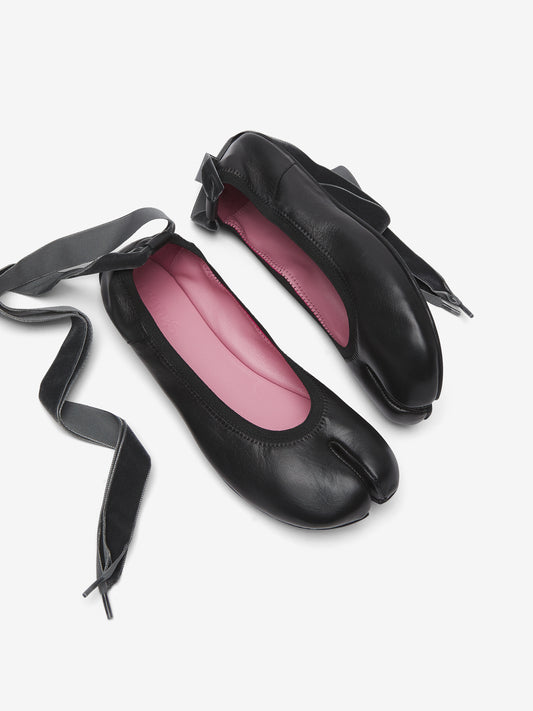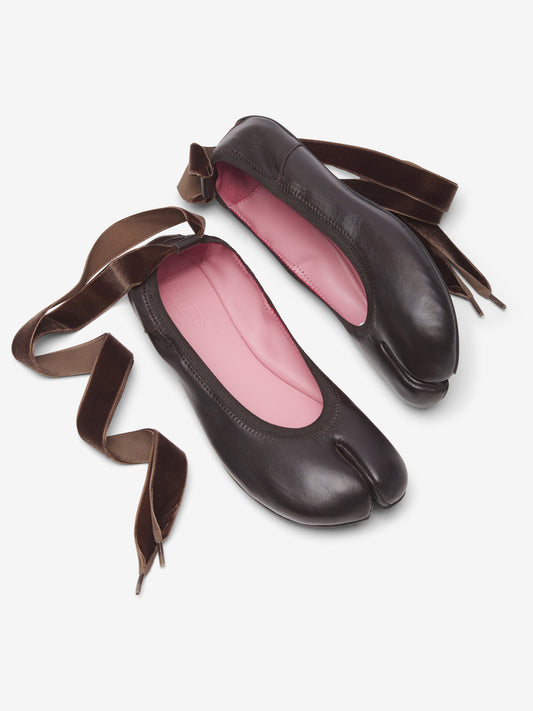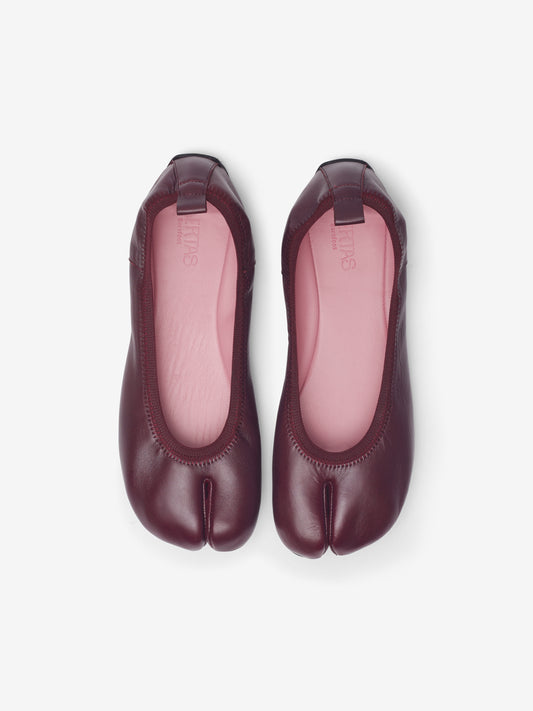
Jikatabi: The Japanese footwear that inspires the modern barefoot
Share
At Libertas, we believe that walking freely is much more than a way to move—it's a way to reconnect with the body, the earth, and our history. Today we’re talking about the jikatabi, a traditional Japanese footwear that already embodied many principles of modern barefoot shoes.
For centuries in Japan, people wore tabi: traditional socks with a separation between the big toe and the rest, designed to enhance stability and connection with the ground.
But it was in the early 20th century, with the arrival of rubber and industrialization, that the jikatabi was born—a more evolved version of the tabi sock, with flexible rubber soles, perfect for walking, climbing, or working for hours while still feeling the freedom of barefoot movement.
Miners, carpenters, high-rise workers, and even Japanese athletes adopted the jikatabi as a precision tool:
- It offered better balance control.
- It encouraged a natural gait.
- It strengthened feet and ankles.
- In other words: it worked like a barefoot, but protected.
Today, at Libertas Barefoot, we recognize the value of designs like the jikatabi—footwear born from real bodily needs, that respects our anatomy and supports us without restriction. The barefoot philosophy isn’t new: it has deep roots in cultures like Japan’s, which understood over a century ago that the closer you are to the ground, the more stability and precision your body has.
The jikatabi is still alive today. And so is its main idea: that the best footwear doesn’t interfere—it liberates. That’s exactly what we seek in every Libertas design:
- More freedom.
- More connection.
- More health.
Because going back to what’s essential never goes out of style.





